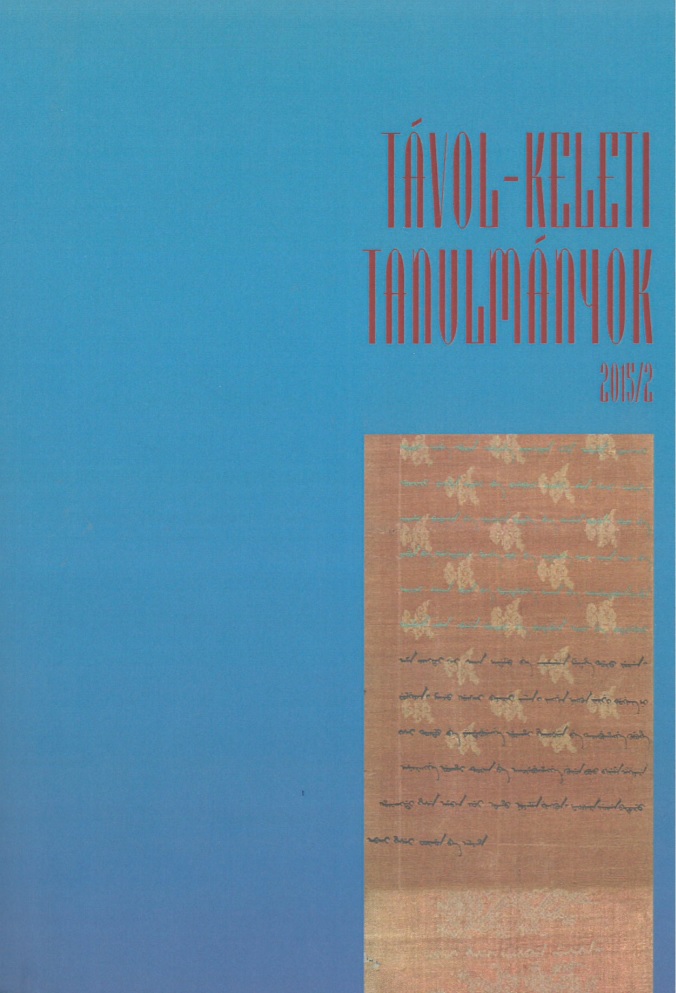Published 2016-09-04
How to Cite
Copyright (c) 2016 the author(s)

This work is licensed under a Creative Commons Attribution-NonCommercial 4.0 International License.
Abstract
The Henan Mongols, a Tibetanized community of Oirat-Mongols numbering about 35 000 people, live in the eastern periphery of Qinghai province in China. The Henan Mongol Autonomous County (河南蒙古族自治区),
where this community resides, is part of Huangnan Tibetan Autonomous Prefecture (黄南藏族自治州). Concerning their language and customs, the Henan Mongols are thoroughly Tibetanized, but are still aware of their Mongol ancestry and in the past few decades they have taken certain measures to vest qualities perceived as Mongol upon their community and place of residence. My paper investigates these measures and points out that what is often regarded as revitalization in Henan is, in fact, a creation of imaginary qualities that locals associate with Mongol idenity.
